I appreciate you taking the time to read this post and I hope you found it helpful. Feel free to share it with friends.
Paint Brush Sizes Chart
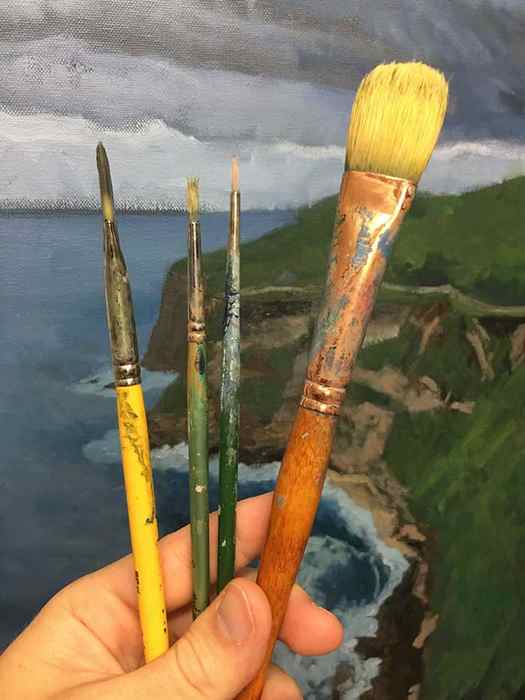
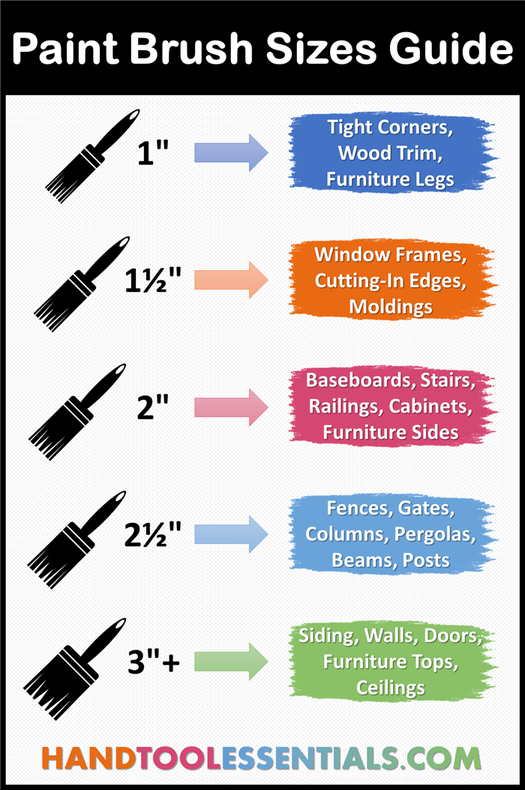
Nothing completes a wood piece better than a neatly applied finish. And more times than not, that wood finish is applied with a paint brush. To ensure that you purchase the correct size brush, view our paint brush sizes chart for woodworkers. While you don’t need to follow our chart exactly, it’s good to review before finishing your next project.
Paint Brush Styles for DIY Work
For home improvement projects, there are two main styles of paint brushes. The more common style, flat sash, has straight bristles that taper together into a flat line all at the same height. The other style, angled sash, has straight bristles that taper together at an angle forming a diagonal line. Angled sash paint brushes are mostly available in the smaller widths as they are primarily used for cutting-in & edging along trim and corner seams. On the other hand, flat sash paint brushes are generally available in all sizes, which is why they are more common overall.
Flat Sash Paint Brush

Angled Sash Paint Brush

Choosing a Paint Brush Size
When picking a paint brush for your project, the most important factor to consider is the surface area you’ll need to cover. For instance, something like a table top or door needs to be finished with a wide brush. Otherwise, the painter will add unnecessary hours to their project, especially if they need to apply multiple coats. At the same time, woodworkers also need to consider the width of the each individual piece they are finishing. For example, there’s a lot of surface area to cover when completing a set of stair balusters, but the narrow boards are best finished with a smaller brush. Thus, size restrictions will also limit which options are available for a given project.
Home » DIY Tutorials & Work Shop Resources » Woodworking » Paint Brush Sizes Chart
We’d love for you to share!
- Click to share on Facebook (Opens in new window)
- Click to share on Pinterest (Opens in new window)
Related posts
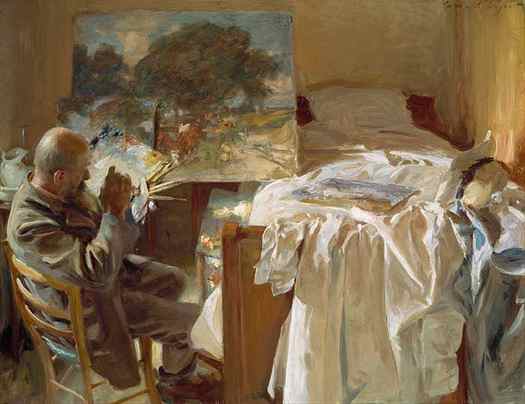
We hate to be the bearer of bad news, but if you aren’t in the.
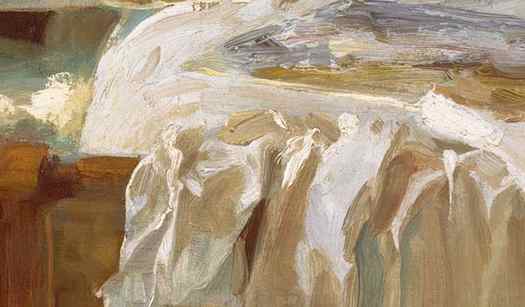
From table legs to support columns, the compressive strength of a given wood species is.
Anatomy of an Artist Paint Brush
Here is the anatomy of a paint brush for those of you who are not familiar with the terminology:
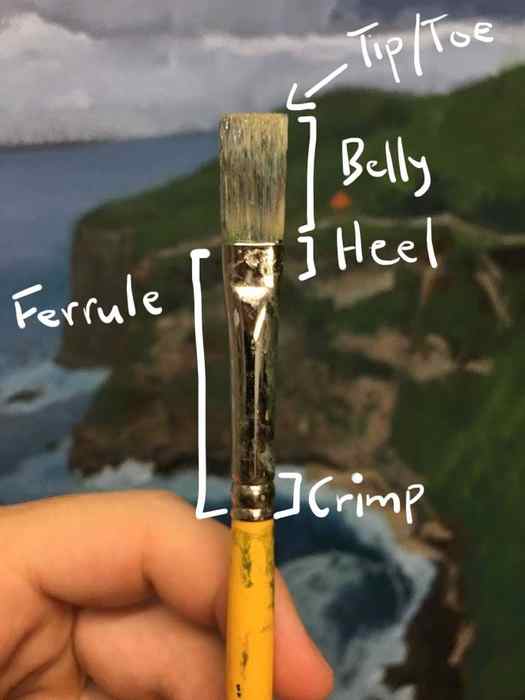
Paint Brush Bristles
Artist brushes come with many different types of bristles. The bristles will generally determine what medium a brush is suitable for. For example, oil painting requires bristles which are resilient and have a nice spring. Acrylic paint is not as harsh so you can use bristles which are a bit finer. Watercolor painting requires soft bristles which can hold lots of water.
Bristles for artist brushes come in two forms – synthetic and animal. Animal hair brushes tend to be more expensive but they can hold and apply paint in a way which is not possible with synthetic brushes. However, synthetic brushes have come a long way. I make use of both synthetic and animal hair brushes for my paintings.
Here is a summary of the different bristles:
Synthetic: Economical and versatile options for all painting mediums. Most synthetic brush manufactures will combine synthetic bristles with animal bristles so you get the best of both worlds. I would avoid cheap synthetic brushes as they are not durable and lose shape quickly.
Hog: Stiff, springy and economical. Hog hair brushes tend to do most of the heavy lifting in oil painting due to their durability and stiffness. I enjoy using hog hair brushes for general oil painting work, but not so much for the finer details.
Sable: Not actually made from sable hair but rather from the tail of a species of mink (a member of the weasel family) found in North-Eastern China and Siberia. Sable brushes are extremely fine, springy and hold lots of water, making them perfect for watercolor painting and fine oil/acrylic painting.
Squirrel: Very soft hair with little snap due to a lack of resistance. Squirrel hair is suitable for watercolor painting, inking and any other low-resistance mediums.
Badger: A popular hair for oil painting. Badger hair brushes tend to be the thickest at the tip of the brush and thinner around the belly, making them perfect for general and broad brushwork.
Mongoose: Sturdy and resilient hair which is used in oil and acrylic painting.
Paint Brush Shapes
Filbert brushes are a personal favorite due to their versatility. They are somewhere between a round and flat brush. The curved tip allows for soft brushwork and blending. I use the filbert brush for any general brushwork.
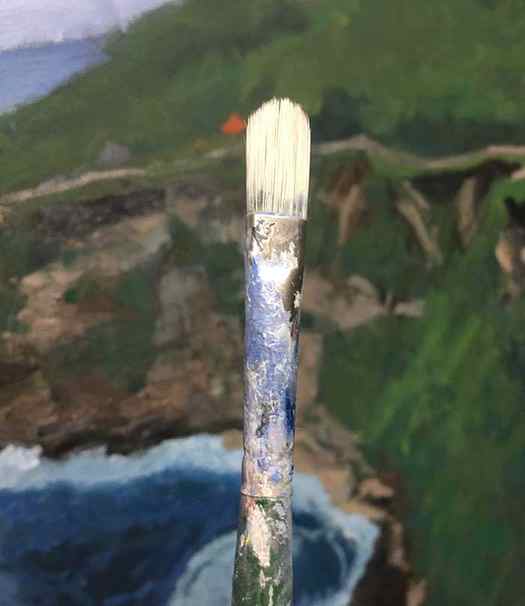
Round brushes have a large belly and a long tapered end. They are extremely versatile and can be used for long, bold strokes and detail work.
A round brush made with sable hair comes to a very fine tip and can be used for delicate brushwork.
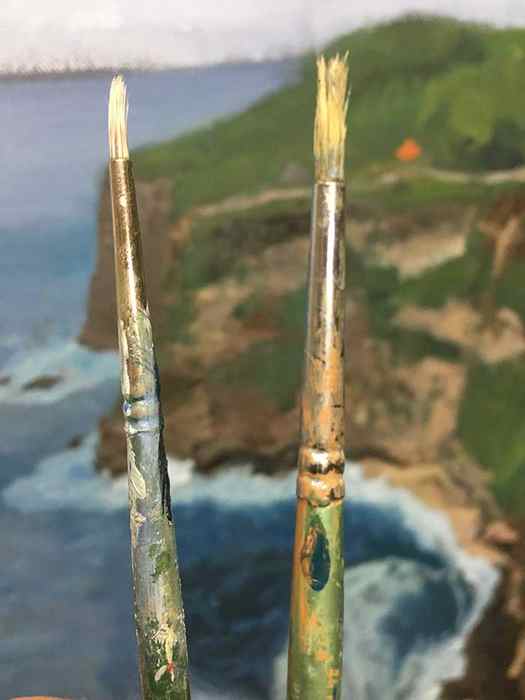
Flat brushes have a flat tip and can be used to make thick, consistent strokes or thin lines. Flat brushes are great for blocking in solid shapes of color (i.e roads, fences, buildings, etc).
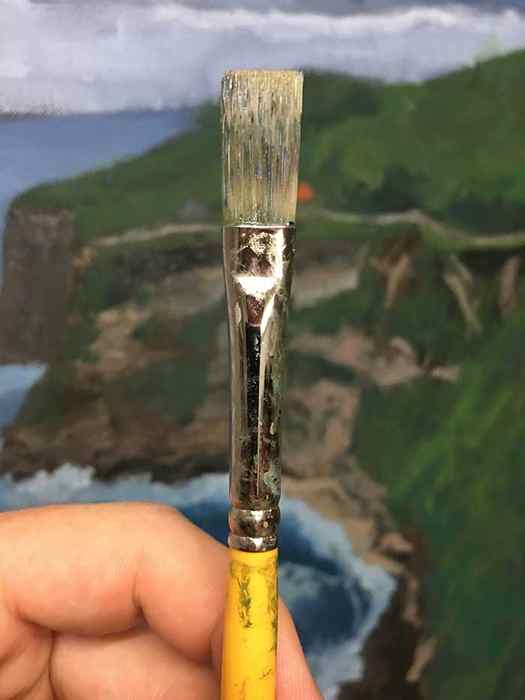
Bright brushes are pretty much a flat brush with shorter bristles. They are useful for short, controlled strokes.
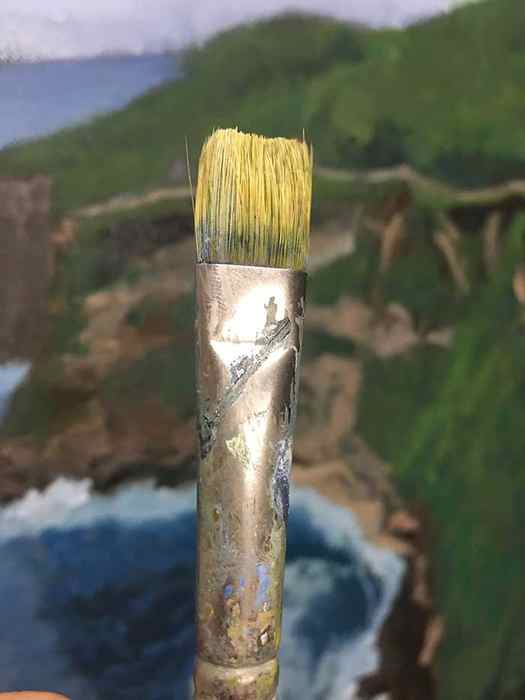
Fan brushes are more of a specialty brush. They have a range of special uses, such as painting the leaves on trees or adding texture to grass or rocks. But the fan brush is not limited to these special occasions. You can make use of the fan brush whenever you need scattered and broad brushwork.
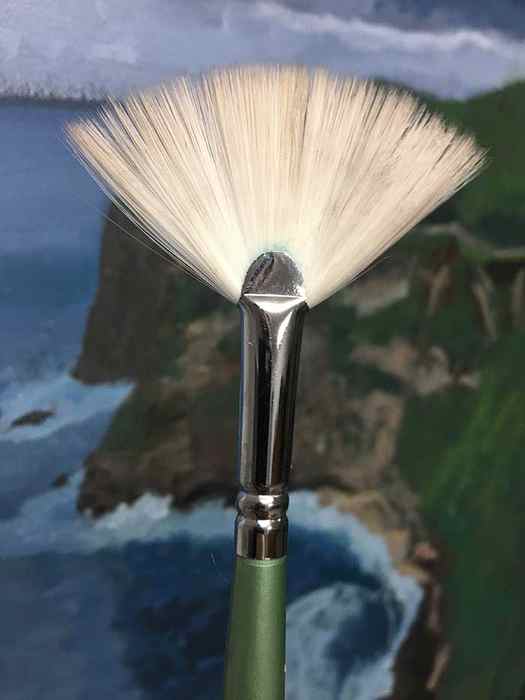
Angular brushes have bristles which are cut at a slight angle, with one side of the tip longer than the other. I do not use these brushes so I will not comment on how you can use them.





